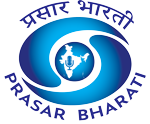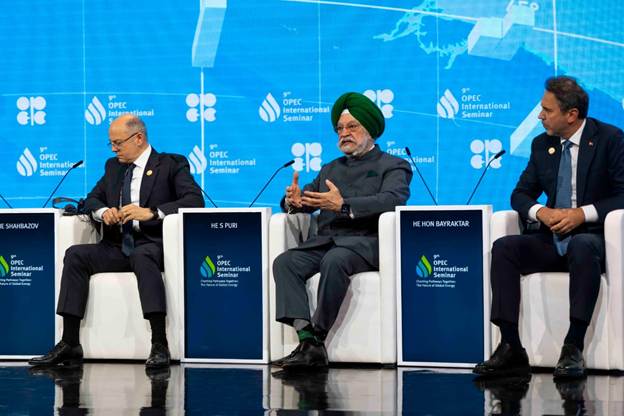India has outlined a bold roadmap for energy security and a sustainable future at the 9th OPEC International Seminar held in Vienna, Austria. Addressing global energy leaders and industry experts, Minister of Petroleum and Natural Gas, Hardeep Singh Puri, emphasized India’s commitment to achieving energy independence by 2047 and net-zero emissions by 2070.
Speaking on the theme ‘Oil Markets: Energy Security, Growth & Prosperity’, Puri detailed India’s extensive plans to expand hydrocarbon exploration. Under the Open Acreage Licensing Policy (OALP) Round-10, the government has opened 2.5 lakh sq km for exploration, with the target to scale this up to 0.5 million sq km by 2025 and 1 million sq km by 2030. He also highlighted India’s potential breakthrough in discovering a Guyana-scale oilfield in the Andaman Sea, positioning the country for major upstream growth under the leadership of Prime Minister Narendra Modi.
Key policy reforms are driving this momentum. India has transitioned from a Production Sharing Contract regime to a Revenue Sharing Model under the Hydrocarbon Exploration and Licensing Policy (HELP) and has amended the Oilfields (Regulation and Development) Act, 1948 to improve lease management, safety and dispute resolution.
Notably, 99% of previously designated ‘No-Go’ areas have been opened, freeing over 1 million sq km for exploration. This expansion is underpinned by large-scale national data initiatives, including the National Seismic Program, the Andaman Offshore Project, Mission Anveshan, and the Extended Continental Shelf Survey.
Highlighting India’s growing role in global energy markets, Puri noted that as the world’s third-largest energy consumer with daily demand of about 5.4 million barrels, India is both a structural growth engine and a stabilizing force in the oil market. “India will contribute nearly 25% of the incremental global energy demand growth in the coming years,” he said.
To strengthen its energy security, India is diversifying its crude oil import sources from 27 to 40 countries, ramping up domestic production, advancing alternative fuels, and expanding its refining capacity to 310 MMTPA by 2028. The country also aims to boost its petrochemical sector, targeting a USD 300 billion industry by 2030.
Despite global geopolitical tensions, Puri highlighted India’s success in ensuring affordable energy for its citizens. “India is the only major economy to reduce fuel prices even as global oil prices rose,” he pointed out.
On the clean energy front, the Minister underlined the role of biofuels in India’s decarbonization pathway. The Global Biofuels Alliance — initiated by India — now has the support of over 29 countries and 14 international organisations. Domestically, the country is accelerating the use of ethanol, compressed biogas (CBG), biodiesel and sustainable aviation fuel (SAF). “India firmly believes the global energy transition must be just, inclusive and equitable. For 1.4 billion Indians and billions across the Global South, development must go hand in hand with dignity,” he said.
He also shared the success of the Pradhan Mantri Ujjwala Yojana (PMUY), the world’s largest clean cooking programme. Since its launch, over 103 million LPG connections have been provided to women from economically weaker households, raising LPG coverage from 55% in 2014 to near-universal access today. Despite a 58% rise in global LPG prices, PMUY beneficiaries pay only $6–7 for a standard 14.2 kg cylinder — about 39% less than the international market price last year — supported by significant government subsidies and oil marketing companies absorbing $4.7 billion in losses.










